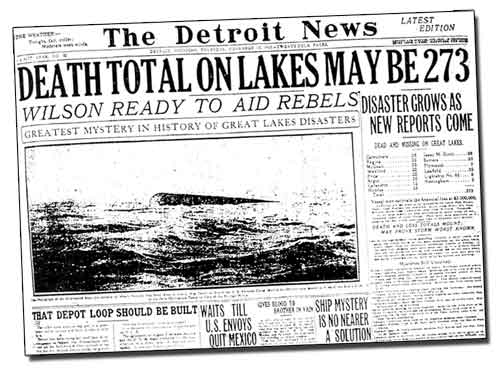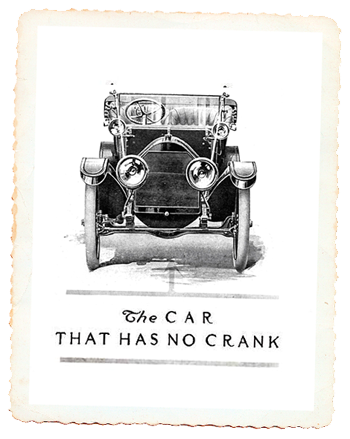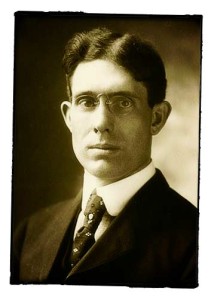The year 1913 was a really bad year weather-wise. Earlier in March Ohioans experienced the worst flood in Ohio’s recorded history. That event cost the lives of over 400 people and cost more than $1,000,000, 000 in 1913 dollars. On this day in November, an immense storm struck the Great Lakes and became known as the Great Lakes Hurricane.
The Big Blow as it was known around the Great Lakes became one of the greatest winter storms in Cleveland’s history. All communication between Cleveland and eastern Ohio was gone. Food shortages became rampant. People died.
A massive low pressure system formed along the Appalachian Mountains. The counter-clockwise spin of the system pulled massive amounts of arctic gales into the eastern Great Lakes region.
The storm began as two separate systems that tracked across the southern U.S. This system combined with a low pressure area in the Arctic and was pulled out of Canada dropping temperatures quickly into the single digits and wind gusts around 90 mph. Waves cresting more than 35 feet, and snow squalls that visibility to just a few feet. The storm system straddling the mountains began a slow, but stead move northwest towards Lake Erie. As it did, the two system merged. Barometric pressure dropped to 28.50 inches.

Because the Lake Erie had not yet frozen, the arctic gales picked up large amounts of moisture that was then dropped as several feet of snow along Ohio’s north coast. The high winds created massive snow drifts, knocked out power everywhere. The hurricane force storms lasted for 16 hours before it began to ease.
More than 230 people lost their lives in the storm mostly from lost ships on the lake. Days later bodies would turn up along the shore often in clusters of bodies frozen in each others arms. So many bodies came a shore that looting of the corpses became a problem requiring additional police to protect the grotesque site until the bodies could be removed.
As a result of this storm system, the USDA Weather Bureau began a major effort at making more accurate forecasts. The large Great Lakes ship designs were changed to make them more stable in unstable weather conditions. And in Cleveland, as a result of this storm, all utility cables were buried underground.


